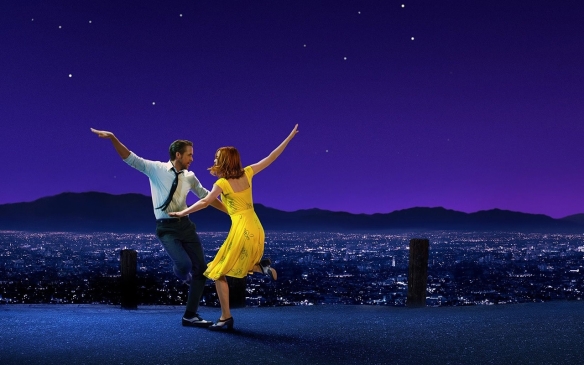We’re all aware of the phrase TLDNR (Too Long, Did Not Read) for posts on the Internet. This is a segment called TLDNW (Too Long, Did Not Watch). It’s for people that just don’t have time to go to the movies. Now, I work pretty hard every year to see the entire list of films nominated for Best Picture at the Oscars. You probably won’t get to all of them, because I assume you have a social life. Luckily for you, it is my goal in the following weeks to post reviews of the 2018 Oscar-nominated best pictures so that you can be caught up before the big night.
However, I know even reading a whole review is time-consuming and not for everyone. Many people just look at the star rating and don’t bother with the rest of the review. Even now you’re probably bored of this introduction.
So I’ll make it short and sweet. For every movie I review, I’ll include three sections: 1) A 1-word review. 2) A 20-word review so you have things to say about the film when your friends ask if you saw it. 3) An in-depth 500-word review.
BONUS: This year, I’ve added bonus content baby! This year I will be reading each review in a podcast format if you don’t even time to READ. There will be a podcast of me reading each review and THEN a bonus podcast where I discuss the film with a fellow film friend.
TLDNW: 1 Word
3½/4
Biting
TLDNW: 20 Words
★★★½/★★★★
For white audiences it was a real mind twister!! For non-white audiences it was a biting political satire that holds a mirror up to racial prejudice in America.
TLDNW: 500 Words
Three and a half out of Four Stars
Get Out marks a momentous shift in the academy. It joins the ranks as one of very few horror movies to be nominated for best picture and certainly becomes, as far as I can tell, the first horror-comedy to be anywhere near Oscars (unless you count 1999’s Sleepy Hollow which I sure don’t). It is also the most award film of the year raking in 50 wins across the major critic circles and awards shows. It is perhaps one of the most important movies to be nominated for best picture in a long time.
I believe that we are the beginning of a new Hollywood renaissance – the death of the “Oscar Bait” movie as we know it, and Get Out is the whip smart first look at what the Oscars are hopefully to be in the coming years.
In 1969 the Hayes code broke in America and suddenly there was no censorship in film. Films like Rosemary’s Baby, Easy Rider, The Godfather, and Bonnie and Clyde could be made. From 69-75 there was a huge surge of films that were challenging and difficult and DIRECTLY working against the grain of Hollywood. For years films challenged the norm and were filled with sex, drugs, and Al Pacino. When Jaws was released in 1975 the film industry realized they could market films. It was the first time a film had broken even on merchandise alone and there was another major shift in the industry. Obviously that tradition still continues today with Marvel movies and now we have a Star Wars movie every damn year but my point is – I believe that Get Out marks a major tectonic shift in the way we look at what makes a movie SUCCESSFUL. It changes the way we answer what is considered a “critically acclaimed” film. It is a HORROR COMEDY directed by a former MADTV SKETCH ACTOR. Nothing about that sentence should scream Oscar Bait but instead it was the most awarded movie of the year. I hope Get Out is the first of many dark horse passion projects to be seen as Oscar worthy. Because there have been plenty in the past that didn’t come close.
Okay, the movie itself. I mean – it came out a year ago people. My review isn’t going to change any minds. It’s smart and dark and Jordan Peele will, hopefully, be a successful and intelligent horror director for years to come. The cast is incredible and there isn’t a single detail missed. Daniel Kaluuya is incredible and I think deserved his Oscar nomination. The entire Armitage family (Bradley Whitford, Catherine Keener, Allison Williams, and Caleb Landry Jones) gives perfectly balanced, perfectly creepy performances. Betty Gabriel and Marcus Henderson give the underrated performances of the year as Walter and Georgina the staff working for the Armitage family.
The twist is well hinted at, and the clues Peele leaves are JUST enough without being too obvious. It’s why I’ve got it down for best original screenplay this year.
My only grievance and the only reason this is a 3 and half star review and not a four star one is that Jordan Peele changed the ending. Now I’m afraid, I suppose, to spoil too much but you really should have seen it by now. The ending Peele kept in is a slightly weaker choice than the truly biting end that would have really punched the audience in the gut. I have heard Peele’s reasoning for changing the ending and I agree with him but it does weaken the movie slightly.
Get Out was the little movie that could. Usually a FEBRUARY RELEASE doesn’t stand a chance at the Oscars but it could and did and I’m so glad we all got the chance to see it.

